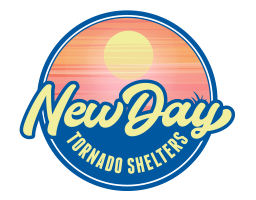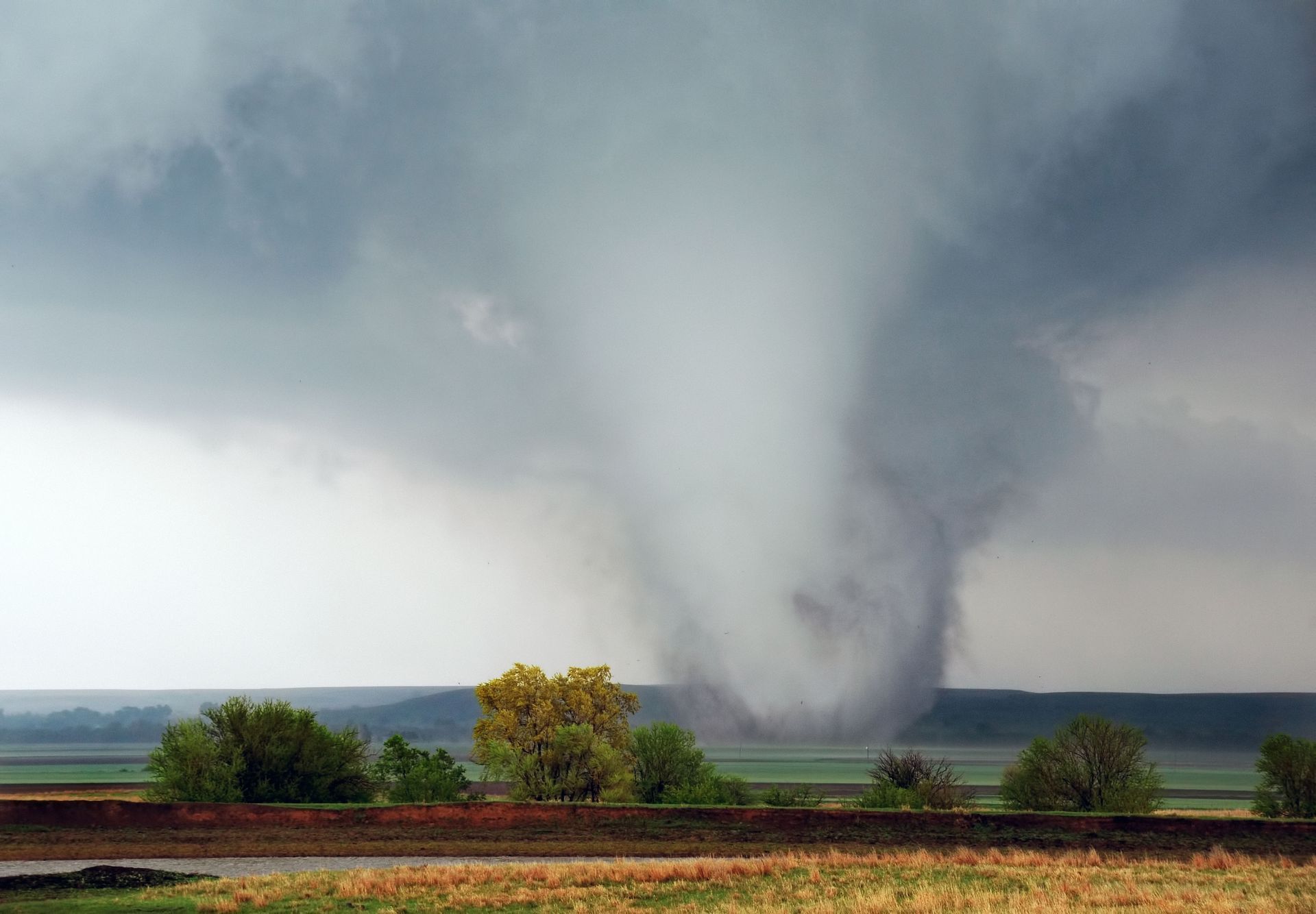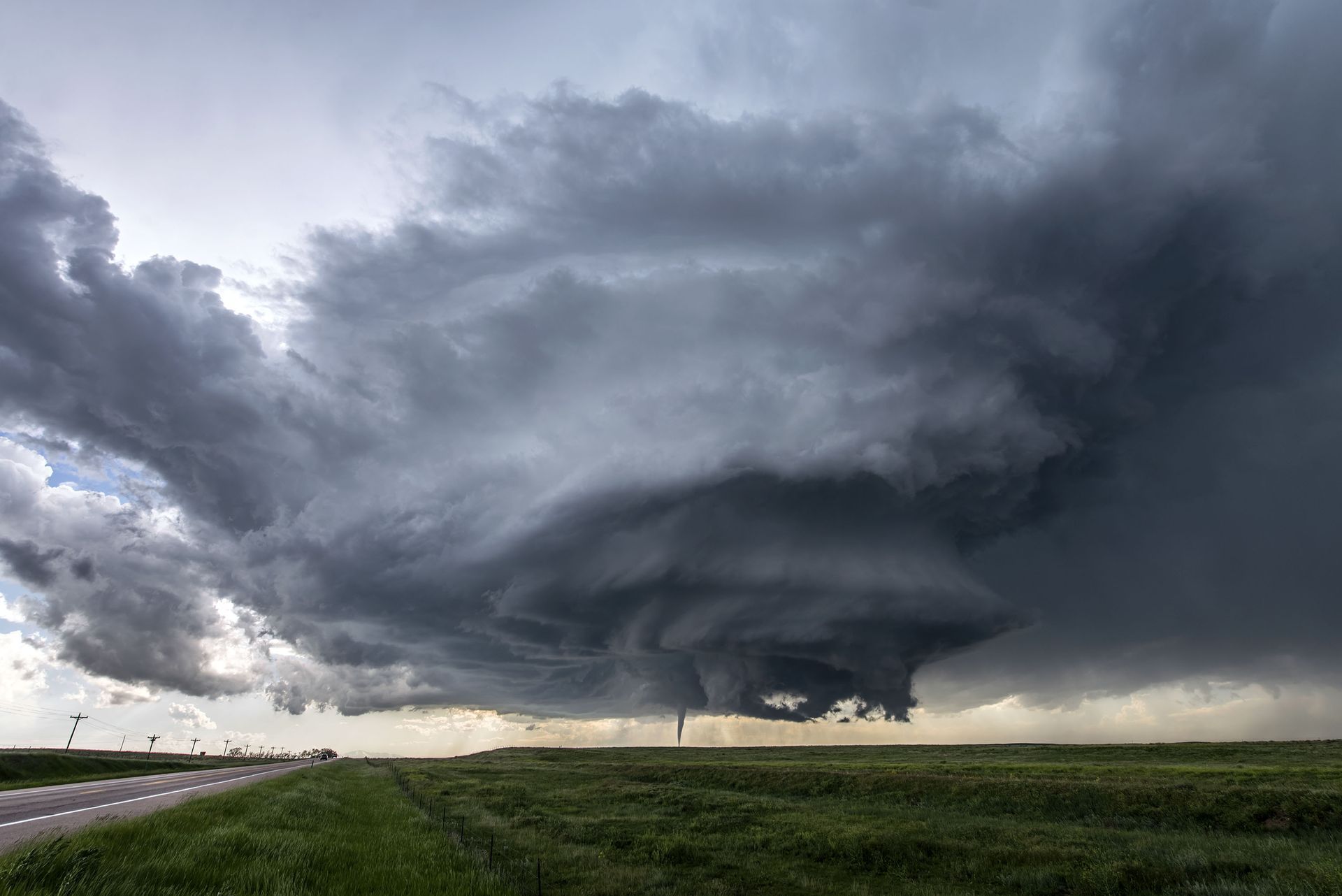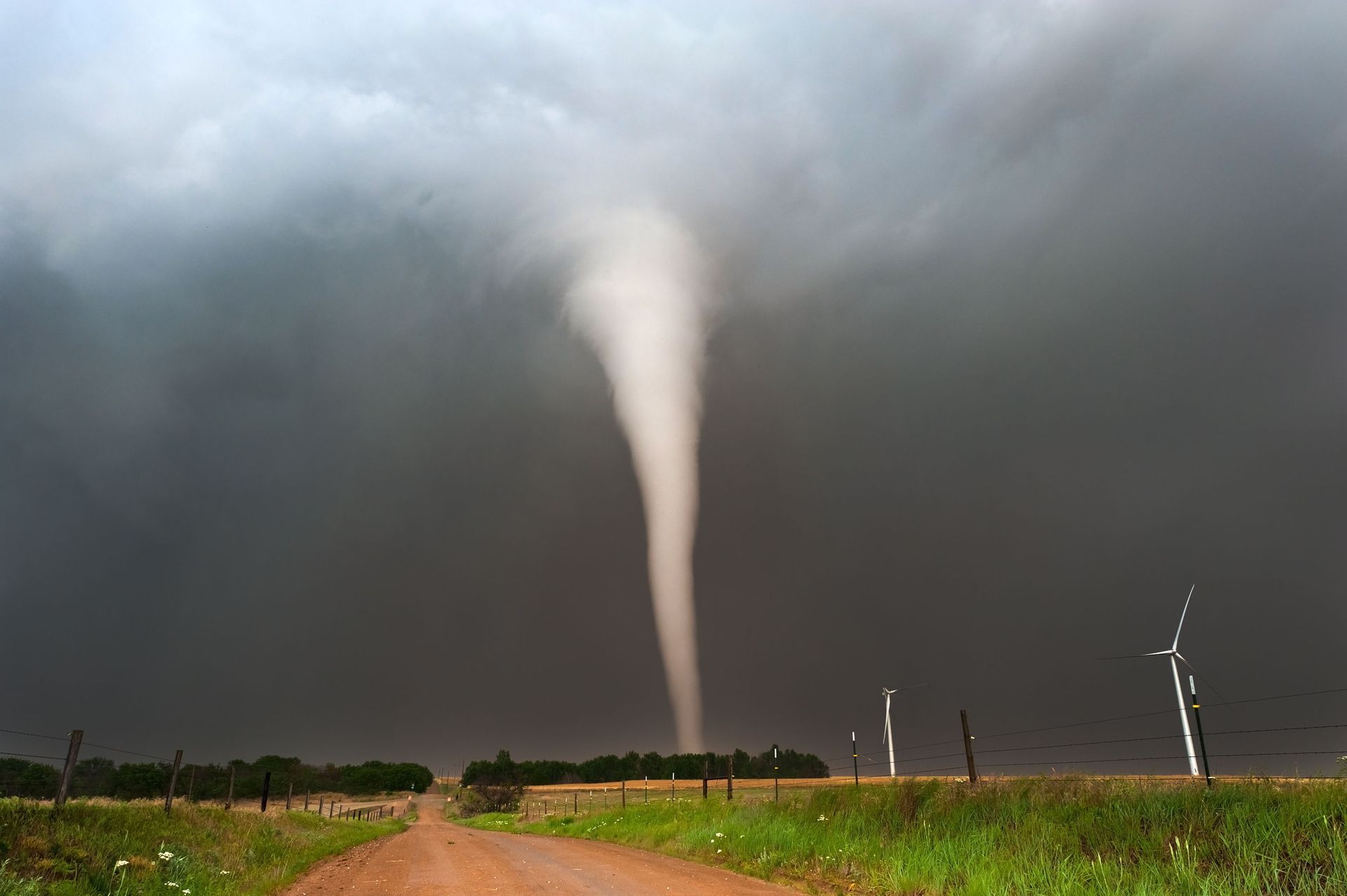September 12, 2025
Living in regions prone to tornadoes means preparing for the worst while hoping for the best. Installing a tornado shelter is a critical step to protect your family and property, but successful tornado shelter installation requires careful planning, research, and decision-making. Tornadoes, notorious for their destructive force, cause billions of dollars in damage and, on average, claim the lives of 60 people while injuring 1,500 more each year, according to the Forest Service U.S. Department of Agriculture. By asking the right questions before beginning installation, you can ensure your shelter meets safety standards, fits your household’s needs, and offers peace of mind during emergencies.
It’s easy to underestimate just how quickly a tornado can strike. One moment, skies may look calm, and the next, winds can reach speeds over 200 miles per hour, hurling debris and causing chaos. In these moments, having a well-planned shelter can mean the difference between life and death. Many homeowners think a tornado shelter is just a “nice-to-have,” but the truth is, it’s a critical safety measure, and investing time in thoughtful planning will pay off in safety and peace of mind.
1. Choosing the Right Location for Your Shelter
Selecting the optimal location is one of the first steps in tornado shelter installation. The shelter should be close enough to main living areas to allow rapid access in emergencies, especially for children, the elderly, or those with mobility challenges. Consider how quickly family members can reach the shelter during a sudden warning. Even a delay of a few minutes can make a difference when tornadoes move at high speeds.
Local building codes and zoning laws play an important role in determining where a shelter can safely and legally be installed. Compliance with these regulations ensures structural integrity and safety. Additionally, you’ll need to decide between an above-ground or below-ground shelter. While below-ground shelters are often safer from flying debris, they may face flooding risks in certain areas. Conversely, above-ground shelters can be engineered with reinforced steel or concrete to withstand severe storms. Soil and terrain conditions also influence placement, so consulting with structural engineers or geotechnical experts can prevent costly mistakes. A well-chosen location balances safety, accessibility, and practicality for your home and family.
2. Determining the Type and Size of Shelter
Not all tornado shelters are created equal, and understanding the type and size you need is essential. Prefabricated shelters are convenient and efficient, offering standardized designs that meet safety codes. Custom-built shelters provide flexibility to match household size, layout, and design preferences. Materials matter: reinforced steel, concrete, or a combination of both ensures durability and resistance during high-intensity tornadoes.
Size is a crucial consideration. Your shelter must comfortably accommodate all household members, plus emergency supplies such as water, food, flashlights, and first-aid kits. Don’t forget to plan for occasional guests or future family growth. Door mechanisms and heavy-duty locks are important for security, while ventilation systems maintain breathable air and prevent heat buildup during extended stays. Even small details, like seating arrangements or storage solutions, contribute to comfort. A well-sized shelter that balances safety with comfort allows families to remain calm and protected during emergencies.
3. Selecting a Reputable Manufacturer or Installer
The success of tornado shelter installation heavily depends on the credibility of your manufacturer or installer. Start by verifying certifications, industry standards, and compliance with FEMA guidelines. A reputable company should demonstrate a strong track record with customer testimonials, case studies, and completed installations.
Warranties and service offerings are equally important. Comprehensive warranties protect your investment, while maintenance packages or emergency repair options provide peace of mind. Trust and transparency in communication are critical; you want to ensure your provider listens to your needs and explains technical details clearly. Additionally, professional affiliations with recognized industry organizations indicate credibility and a commitment to quality. By carefully vetting your installer, you ensure your tornado shelter is constructed safely, efficiently, and reliably.
4. Understanding Budget and Financing Options
Tornado shelter installation is a significant investment, but planning your finances ahead of time makes the process more manageable. Requesting multiple quotes helps identify reasonable pricing, and exploring payment plans or deferred options can ease the burden. Some homeowner insurance policies may include storm shelter coverage, reducing out-of-pocket costs, and federal or state grants for disaster preparedness might be available.
While upfront costs are a consideration, remember the long-term safety benefits and potential property protection. Tornadoes can devastate homes in minutes, and a robust shelter can prevent injuries, save lives, and reduce property damage. Viewing a tornado shelter as an investment in safety rather than merely an expense shifts the perspective, making financial planning more purposeful. By weighing immediate costs against long-term protection, you make informed decisions that balance safety and budget.
5. Planning Maintenance and Safety Protocols
A tornado shelter is only effective if it’s well-maintained. Regular inspections of doors, locks, structural components, and ventilation systems ensure that everything functions as intended. Replace or repair worn parts promptly to maintain reliability. Conducting regular family drills is another key step. Familiarity with the shelter layout, roles, and emergency protocols reduces panic during real events and ensures everyone knows what to do. Keep emergency kits stocked with essentials such as water, non-perishable food, flashlights, batteries, and first-aid supplies. Testing communication systems within the shelter, whether radios or emergency phones, ensures you can contact authorities or family during a storm. Periodic professional evaluations or certifications further maintain compliance with evolving safety standards. Routine care and preparation maximize your shelter’s effectiveness in an emergency.
6. Considering Environmental and Community Factors
Tornado shelter installation has implications beyond your home. Think about landscaping, property aesthetics, and community regulations. Balancing functionality with visual appeal can maintain or enhance property value. Working with design experts helps the shelter integrate naturally into your outdoor space.
Community considerations are also important. Some neighborhoods may encourage shared shelters or have specific safety requirements. Environmental impacts should be assessed, particularly if excavation or landscape changes are involved. Consulting environmental specialists ensures minimal ecological disruption. Additionally, integrating the shelter with home security systems can provide an extra layer of protection. Engaging with local authorities and the community ensures your shelter aligns with broader safety standards and contributes to neighborhood preparedness.
7. Evaluating Long-Term Safety and Utility
Finally, consider the long-term functionality of your shelter. Will it continue to meet your family’s needs as it grows? Are ventilation, storage, and accessibility sufficient for extended use? Periodically revisiting safety standards, conducting drills, and updating supplies ensures ongoing preparedness. A well-installed tornado shelter provides both immediate and long-term protection. According to the Forest Service U.S. Department of Agriculture, tornadoes annually cause extensive damage and injuries, highlighting the critical importance of careful planning and installation. A proactive approach allows families to remain confident, knowing they have a dependable safety refuge when severe storms strike.
Asking these seven essential questions before beginning tornado shelter installation ensures a comprehensive approach to safety, planning, and long-term usability. A well-planned shelter protects lives, reduces property damage, and provides peace of mind during emergencies. By carefully considering location, design, manufacturer credibility, finances, maintenance, environmental factors, and long-term use, you can create a shelter that meets all your household needs. Tornadoes are unpredictable and powerful, but preparation significantly reduces their potential impact. For professional guidance and dependable tornado shelter installation, trust New Day Tornado Shelters.






